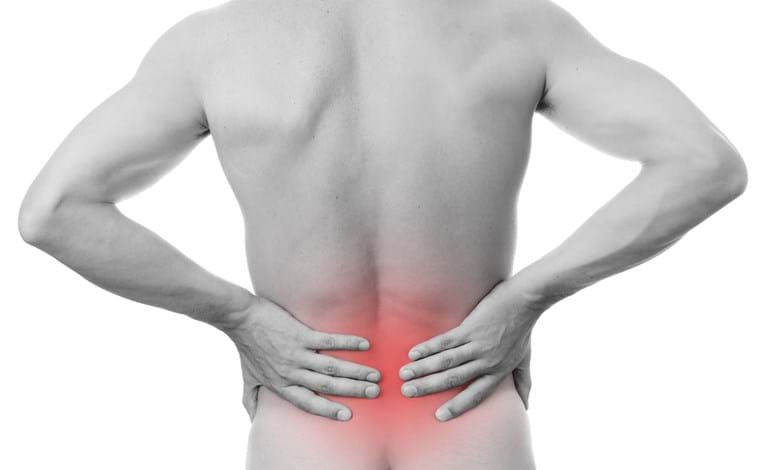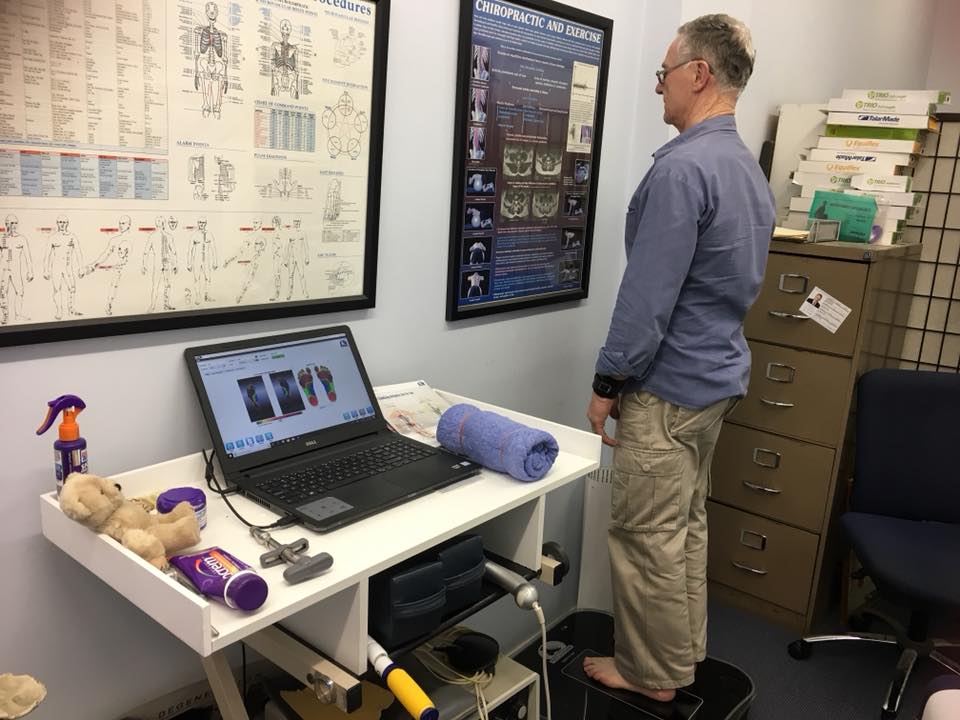
Malfunctioning joints in your neck can become sore and inflammed,
irritating the nerves around that joint , and are associated with
reflexive muscle tightness. Often pain starts at the base of the
skull and radiates into the temples, eyeballs, and forehead.
Chiropractic adjustment can help restore normal movement to the
vertebrae in your neck, eliminating the cause of your headaches
rather than offering a temporary relief from the symptoms.
Whiplash is a common injury for people involved in car collisions,
falls and other violent head movements.
When a car is struck from behind or collides with another object, it
causes the neck to snap back and forth violently. This causes muscle
and ligaments strains and/or tears, which can cause stiffness and
soreness.
Whiplash can also cause structural damage such as misaligned
vertebrae, herniated, bulging or ruptured discs, or nerve damage.
Left untreated this can cause ongoing pain, degeneration and
osteoarthritis.
Neck & back pain is often caused by subluxations, or misalignments of your vertebrae. A small misalignment can cause pain due to irritated/inflammed joint cartilage and nerves. These subluxations also involve muscle spasms and chronic muscle imbalances increasing pain. Chiropractic adjustments properly align your spine so that pressure on joints and nerves is released and pain diminishes. Anti-inflammatory drugs provide a temporary relief but can have serious side effects.
When the sciatic nerve is irritated it can cause severe pain,
weakness, numbness and/or pins & needles down the leg right to the
foot.
One common form of joint dysfunction is sacroiliac joint
dysfunction, which occurs where the base of the spine meets the
pelvis. It causes low back pain and prohibits movement. This
condition is often misdiagnosed because the symptoms are similar to
sciatica or a herniated disc.
Sciatica is a condition that results when the sciatic nerve becomes
irritated. Bulging discs, spinal subluxations, and muscle spasms can
all cause increased pressure on the sciatic nerve. When this happens
it causes pain, numbness, and weakness in the lower back and leg. To
properly treat sciatica the cause of the condition needs to be
diagnosed and properly treated. Your chiropractor can help you do
this.

Applied Kinesiology™ is a diagnostic system that uses muscle testing as a tool to assess your nervous system function, which monitors and coordinates all your body interactions.
Applied Kinesiology does not replace standard orthopaedic and
neurological examinations. It is used in conjunction with a
comprehensive patient history and other recognised standard forms of
assessment and examination.
In general, the applied kinesiologist finds a muscle that tests weak
and then determines why that muscle is not functioning properly .
The practitioner will then evaluate and apply the therapy that will
best eliminate the muscle weakness and help the patient.
Therapies utilized can include specific joint manipulation or
mobilization, various myofascial therapies, cranial techniques,
meridian therapy, clinical nutrition, dietary management and various
reflex procedures.

Adjustments are subtle movements of vertebrae to help them regain normal range of motion and function better.
This is done with the purpose of restoring normal nerve function and
to reduce the mechanical stress on the spine. The effect allows the
patient to feel and function better.
Adjustments are safe and can be done on people of all ages. Infants
get adjusted after birth, elderly commonly get adjusted to stay
well, and most certainly everyone in between benefits by keeping
their spine healthy.
Adjustments are only done to those areas of the spine that need
help. Because the spine improves from the adjustment, people
commonly report pleasure from being adjusted. The experience is one
of improved well being.
Adjustments are an excellent way to keep the body functioning well.
When the spine is in alignment it is able to respond and perform as
it was designed to.

We now offer infra-red and laser evaluation of your feet and how it affects your posture